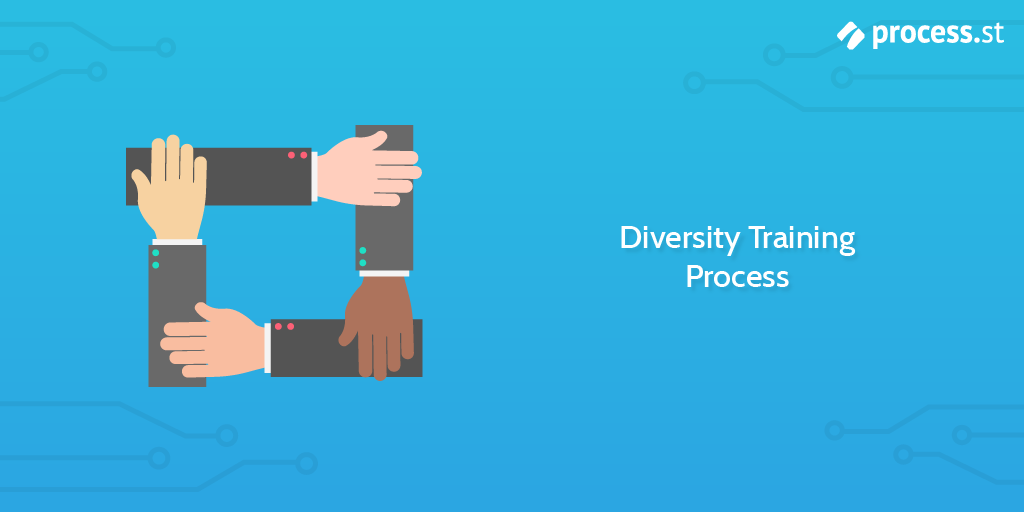The benefits of having diverse (and inclusive) workplaces are indisputable. From reducing employee turnover to building better, more innovative products, D&I can positively affect both a company's culture and its bottom line.
But before you and your company can reap the rewards, the HR team and managers from other departments need to undergo diversity training. This is so those critical workers can understand, implement, and sustain diversity-related measures at all times.
The process begins by looking at legal and company-defined rules around diversity.
After that, the tasks ask the user to research diversity, list the benefits diversity and inclusion brings, in addition to figuring out actionable ways to establish and sustain a truly inclusive and diverse workplace.
At the end of the process, a senior HR employee will review the user's training and provide feedback.
The diversity training process checklist should be launched every quarter, and when a new HR employee joins the company.







